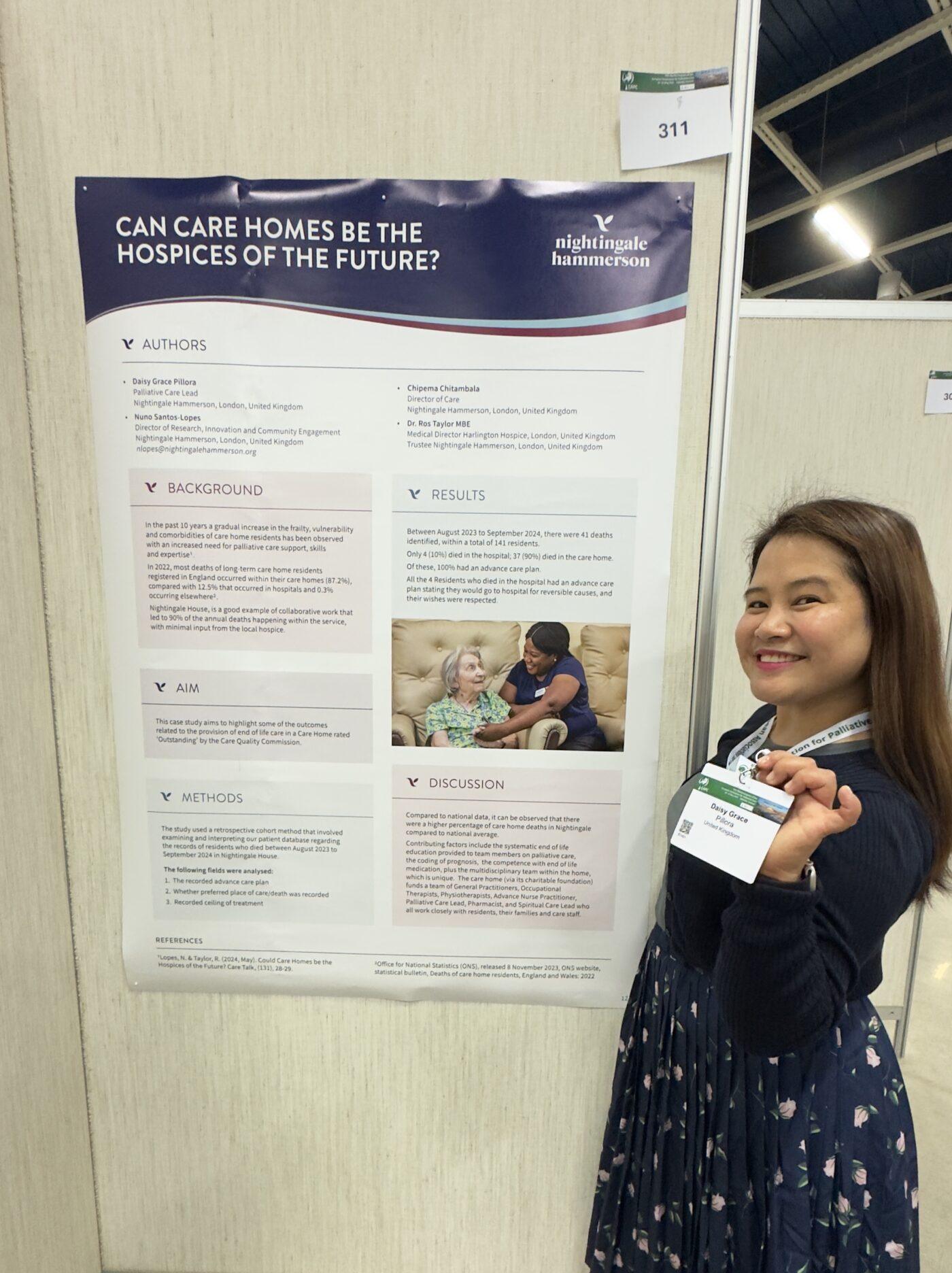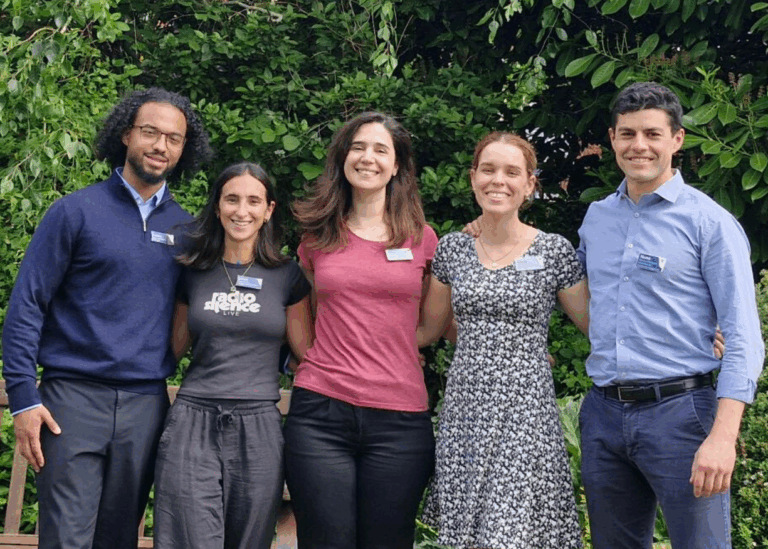At Nightingale Hammerson, we believe they already are.
“In 2022, most deaths of long-term care home residents registered in England occurred within their care homes (87.2%). Nightingale House is a good example of collaborative work that led to 90% of the annual deaths happening within the service, with minimal input from the local hospice.”
This case study, led by Daisy Grace Pillora, Nuno Sanots-Lopes, Chipema Chitambala and Dr Ros Taylor explores the realities and possibilities of delivering consistent, dignified end-of-life care within care settings.
Key findings:
- 100% of the residents who died had an Advance Care Plan in place.
- 90% died within the care home, in alignment with their preferences.
- Residents who died in hospital had clearly documented preferences in their Advance Care Plans regarding transfer only in cases of potentially reversible conditions. In each case, these wishes were respected.
A contributing factor is the unique, multidisciplinary model in place at Nightingale House. Funded through our charitable funds, the care home team includes GPs, nurses, occupational therapists, physiotherapists, palliative care lead, pharmacist, dietician, speech and language therapist, psychologists, spiritual care lead and much more. Each professional works in close collaboration with residents, families, volunteers and care teams.
This work challenges the long-held assumptions about where and how people should receive end-of-life care. It demonstrates what is possible when compassion, expertise and clear planning come together.
We are proud to share this example of relationship-centred care and to contribute to a wider conversations on improving how we support people to age and die well at the European Association for Palliative Care World Congress in Helsinki.





